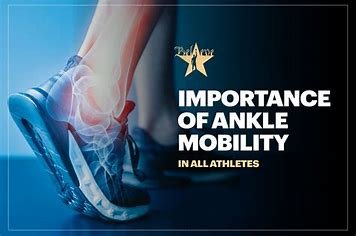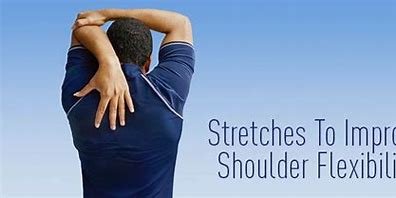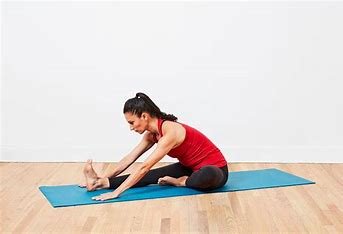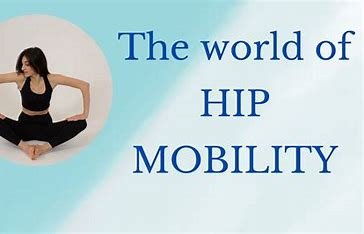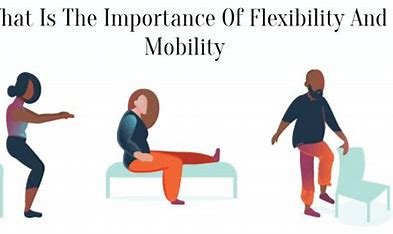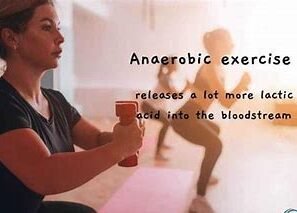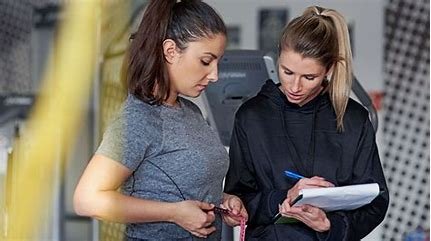LATEST POSTS
February 15, 2025
4:44 am
9 months ago
Ankle mobility plays a crucial role in running, influencing everything from your stride length to your overall form and efficiency. If your ankle mobility is limited, it can affect your running performance...
February 15, 2025
4:42 am
9 months ago
Improving shoulder flexibility is important for maintaining good posture, preventing injury, and enhancing overall mobility, especially if you engage in activities like weightlifting, yoga, or sports....
February 15, 2025
4:40 am
9 months ago
Stretching your hamstrings is essential for improving flexibility and preventing injuries, especially if you’re active or spend long hours sitting. 1. Standing Hamstring Stretch How to do it: Stand...
February 14, 2025
3:35 am
9 months ago
Hip mobility is crucial for athletes across all sports, as it directly affects performance, injury prevention, and overall movement efficiency. The hips are one of the most important joints in the body,...
February 14, 2025
3:33 am
9 months ago
Flexibility and mobility are often used interchangeably, but they refer to slightly different concepts, both of which are important for overall physical health, athletic performance, and injury prevention....
February 14, 2025
3:31 am
9 months ago
Walking is often overlooked as a form of cardiovascular exercise, but it’s one of the most effective and accessible ways to improve heart health, endurance, and overall well-being. It provides numerous...
February 14, 2025
3:30 am
9 months ago
Proper breathing is crucial for maximizing performance, endurance, and recovery in sports. In endurance activities, such as running, cycling, swimming, or rowing, breathing techniques can make a big difference...
February 14, 2025
3:28 am
9 months ago
High-Intensity Interval Training (HIIT) has been shown to have significant benefits for cardiovascular health. By alternating between short bursts of intense activity and periods of lower-intensity recovery...
February 13, 2025
5:26 am
9 months ago
Long-distance running has a profound effect on the body, both physically and mentally. It’s a form of endurance training that challenges your cardiovascular system, muscles, and metabolism, while offering...
February 13, 2025
5:25 am
9 months ago
Endurance training plays a significant role in weight loss by improving the body’s ability to sustain prolonged physical activity, burning calories, and enhancing fat metabolism. How Endurance Training...
No posts found

